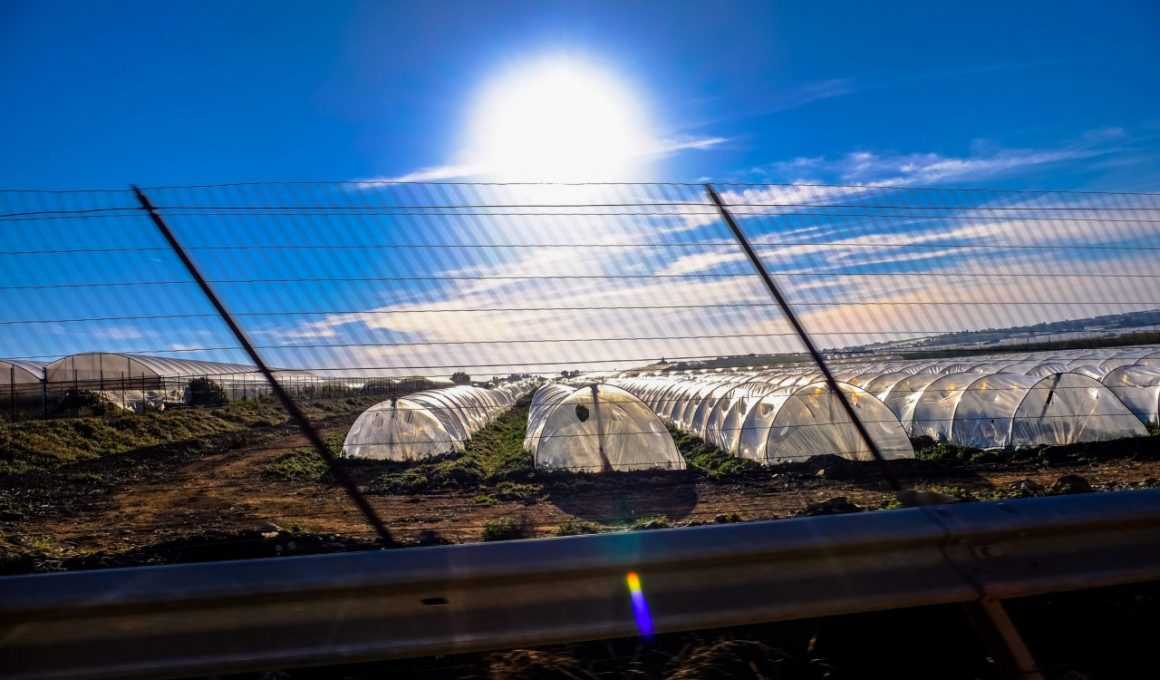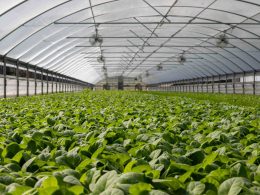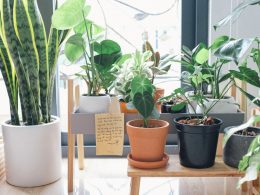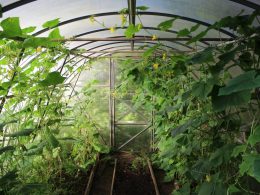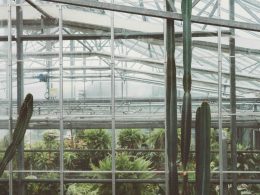Green House Adviser is reader-supported. When you buy through links on our site, we may earn an affiliate commission. Learn more
Greenhouses are used by many to grow their own fruits and vegetables. A greenhouse used in the right circumstances can be a great way to get a leg up over your neighbors, who just grow under the sun. You’ve noticed that some plants are happier and healthier when they get a lot of sunlight and others do well in partial shade.
In this article, we will be talking about how to orient a greenhouse to the sun and how much sun it needs to make the most of it.
Where to Place Your Greenhouse and Why It Matters
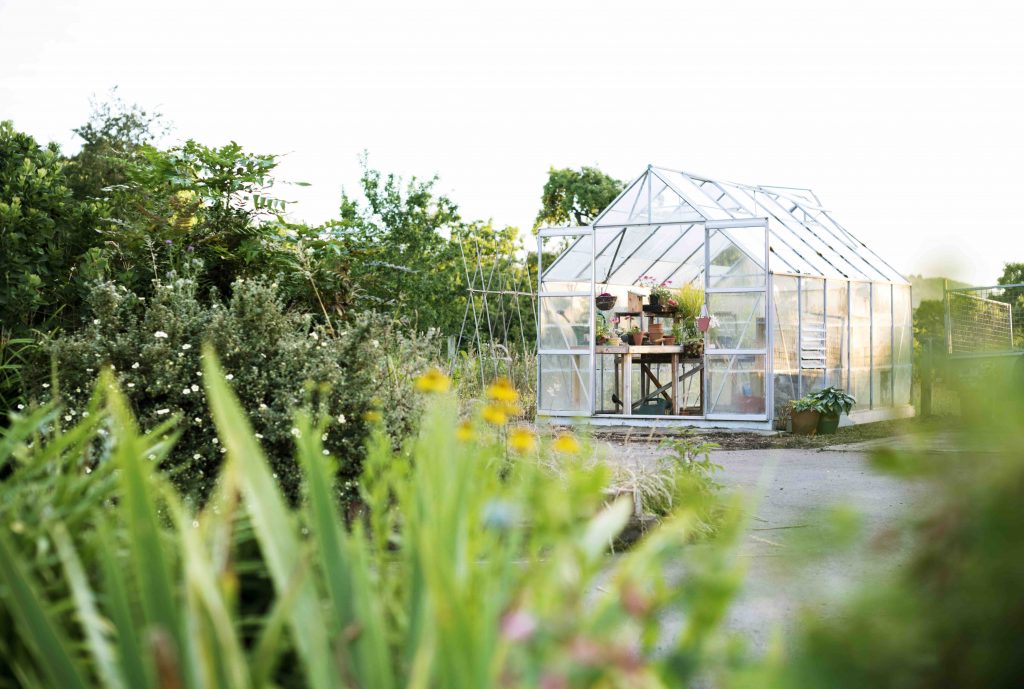
The best way to understand how you should orientate a greenhouse is to know how the sun moves. This will help you understand which direction the greenhouse should face and at what time of year the sun is in that direction. For example, in the autumn and winter months, people in the north prefer to have their greenhouses facing south. This gives them a little bit more warmth in the cold weather. With the back door towards the north, you keep more heat inside.
When it comes to greenhouse placement, there are two main factors that you need to consider:
- The orientation of your property and the sun’s path. You want to choose a spot that will allow the maximum sunlight to reach your greenhouse. Ideally, you’ll want to place it in an area that faces south or southwest so that it can receive direct sunlight all day long.
- The second factor is how tall your greenhouse is going to be. The taller the structure, the more shade it can cast on itself and other structures around it. You’ll want to plan out where you’re going to place your greenhouse so that it doesn’t cast shade on any plants or lawns that are close by.
Where you place your greenhouse matters, as it will impact how much money you spend on heating, cooling, and lighting.
How Much Sun Does a Greenhouse Need?
The amount of light your greenhouse needs will depend on the type of plants you have inside. If you are growing vegetables, then you may need as much as five hours of sunlight per day. If you are growing tropical plants or flowers, then three hours should be enough. If you want to ensure that you get the most out of your greenhouse, it is important to consider how much sun your greenhouse gets in different locations at different times. This can help you choose the best location for your top-of-the-line greenhouse.
Can Too Much Sun Be Bad?
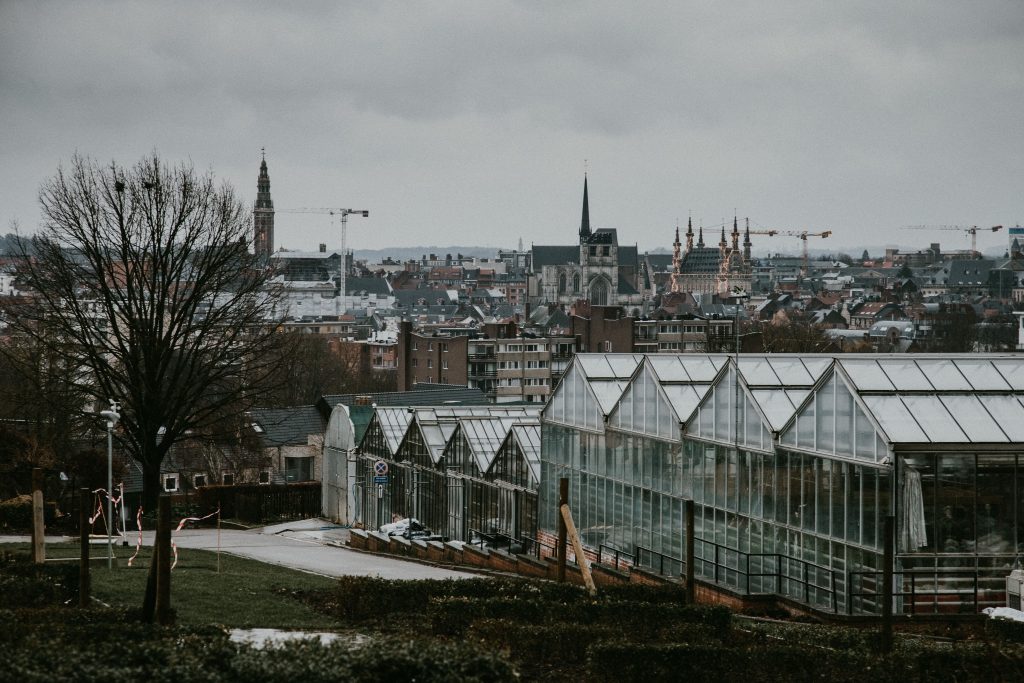
Yes, it can be bad. Too much sun will cause your plants to burn. The leaves of your plants can burn and turn brown in a short time. The most common way to prevent this is to use shade cloths or row covers on the inside of the greenhouse. These are made from lightweight materials and will provide just enough shade for your plants without compromising the light that they need to grow.
It’s important to remember that every plant has its own tolerance level for sunlight, so it’s important to keep track of how much light each one needs. For example, certain types of succulents need more light than others.
When to Use Artificial Lighting
For most greenhouses, artificial lighting is a must. Even if you have a greenhouse that’s built into the side of a hill or has an overhang to protect it from the elements, you’ll probably still need artificial lighting to keep plants growing through the winter months. The best time to start using artificial light is when there’s still plenty of sunlight coming through your windows during the day.
Once you start using artificial lights, they will block out most natural light, so it’s important to make sure you don’t delay getting them installed until it’s too late. You should also consider whether or not your plants require supplemental lighting before deciding on what type and how many lights you need for your greenhouse.
What Material Should You Choose for Your Greenhouse?
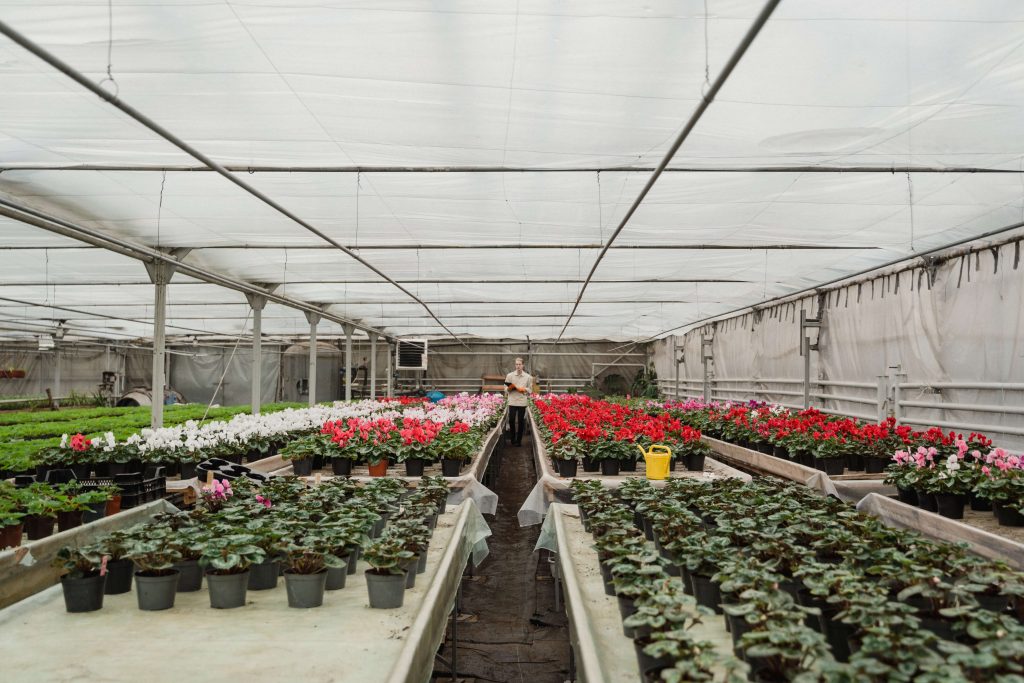
The material you choose for your greenhouse will have a significant impact on the overall design and function of your structure. The type of material you choose will also determine what kind of maintenance is required for your greenhouse.
Glass greenhouses
Glass greenhouses are the most common type of greenhouse. Glass is an excellent insulator, so it keeps in heat very well. However, glass greenhouses require more maintenance than other types of greenhouses. You must clean the glass regularly to prevent dirt buildup that could cause damage to your plants or animals. You should also wear protective clothing when working around glass because shards can be hazardous if broken or knocked out by accident.
As to light, since they are so translucent, it can be damaging for the plants as it can burn them.
Polycarbonate greenhouses
Polycarbonate greenhouses are made from two sheets of cross-linked polycarbonate plastic sandwiched together with a thin layer of foam insulation between them. This material is durable but lightweight, which makes it easy to install without the need for heavy equipment like cranes or forklifts. It also has superior UV resistance compared to other types of plastic, which helps keep plants healthy when placed under direct sunlight for long periods of time and doesn’t burn them.
Aluminum greenhouses
An aluminum frame provides structural support for an aluminum skin that provides insulation against heat loss during cold temperatures and heat gain during hot temperatures. The aluminum material is very light, so aluminum greenhouses are also very light. It makes them easy to transport and assemble, which means that they can be transported easily when you move to another place or even in your backyard.
Conclusion
There are a variety of factors to consider when making the decision about where to place your greenhouse. We have already established that greenhouses need sun in order to keep them warm and for the plants to stay healthy. But even when your greenhouse doesn’t receive enough amount of sunlight, there are alternatives such as artificial lighting to fix that issue.
For example, if you live in an area with plenty of sunshine, you might not need any additional artificial lighting in the summer months. However, if you live in an area that receives very little sunlight throughout the year, you might find that you need artificial lighting to provide enough light throughout the day to keep plants alive and thriving.




